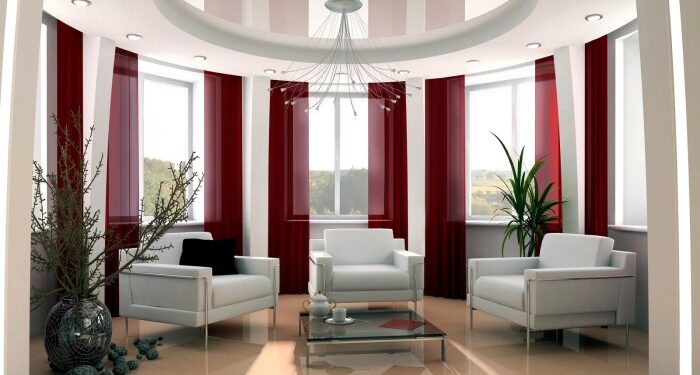Decoration plays a crucial role in transforming ordinary spaces into captivating environments that reflect individual style and personality. From colors and textures to patterns and lighting, each element contributes to the overall aesthetic appeal, setting the stage for a unique narrative.
Let's delve into the world of decoration and discover how it influences our surroundings.
In the following paragraphs, we will explore the definition, importance, elements, and styles of decoration, shedding light on its impact on ambiance, mood, and productivity in different settings.
Definition of Decoration
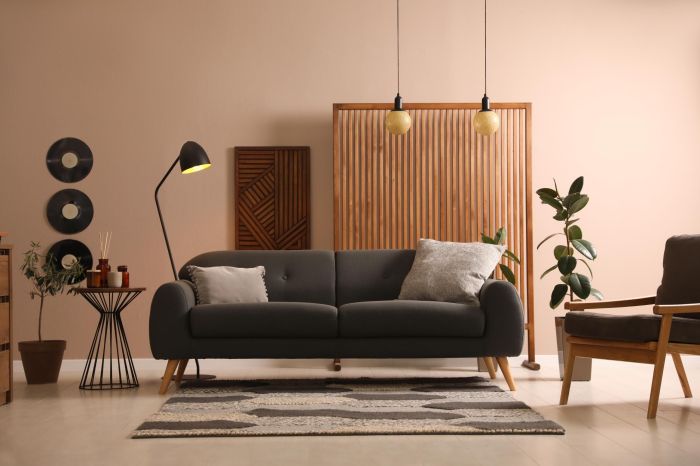
Decoration in the context of design and aesthetics refers to the process of enhancing the appearance of a space or object by adding elements that are visually pleasing. It involves the use of various ornaments, colors, patterns, and textures to create a specific ambiance or style.The purpose of decoration is to improve the overall look and feel of a space, making it more inviting, aesthetically pleasing, and functional.
Decorative elements can help express personal style, reflect a particular theme or culture, and create a sense of harmony and balance within a space.
Types of Decorations
- Wall Decor: This includes paintings, posters, wallpaper, and wall decals that add personality and character to a room.
- Textile Decor: Items like curtains, rugs, cushions, and throws can bring warmth, texture, and color to a space.
- Functional Decor: Decorative items that serve a purpose, such as decorative storage baskets, trays, and vases, can be both practical and visually appealing.
- Seasonal Decor: Decorations that are changed according to different seasons or holidays, like Christmas decorations, Halloween decor, or spring-themed accents.
Importance of Decoration
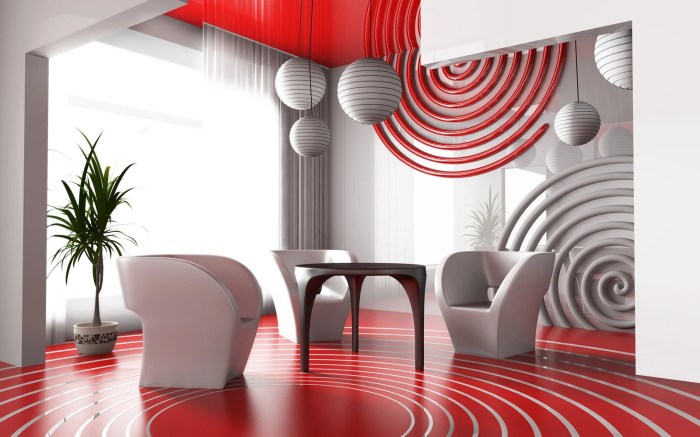
Decoration plays a crucial role in creating ambiance and setting the mood in any environment. Whether it's a home, office, or public space, the way it is decorated can greatly influence how people feel and behave in that space.
Reflecting Personality and Style
Decorating a space allows individuals to showcase their personality and style. The choice of colors, patterns, furniture, and decor items can all reflect one's preferences, interests, and even values. This personal touch can make a space feel more inviting and unique.
Impact on Mood and Productivity
The impact of decoration on mood and productivity is significant. In a well-decorated environment with soothing colors and comfortable furniture, people are more likely to feel relaxed and focused. This can lead to increased productivity and creativity, especially in work or study spaces.
On the other hand, a cluttered or poorly decorated space can contribute to stress, fatigue, and distraction.
Elements of Decoration
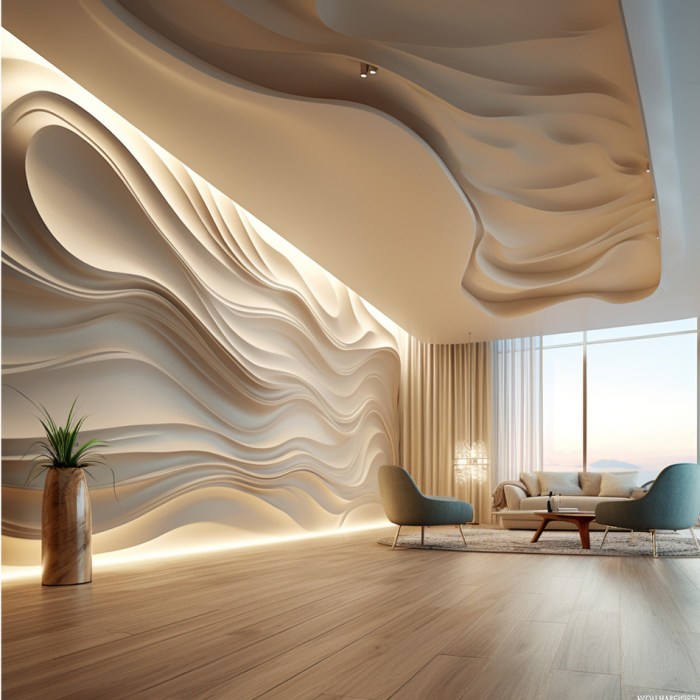
Decorating a space involves the thoughtful incorporation of various elements to create a visually appealing and harmonious environment. Key elements such as color, texture, pattern, and lighting play a crucial role in achieving this goal.
Color
Color is perhaps one of the most influential elements in decoration. Different colors evoke different emotions and set the mood of a space. Warm colors like reds and oranges can create a cozy and inviting atmosphere, while cool colors like blues and greens promote a sense of calmness.
The careful selection and combination of colors can greatly impact the overall aesthetic appeal of a room.
Texture
Texture adds depth and visual interest to a space. Incorporating a variety of textures, such as smooth surfaces, plush fabrics, or rough materials, can create a more dynamic and tactile environment. Textures can also help balance the visual weight of different elements in a room, adding richness and dimension to the overall decor.
Pattern
Patterns add a decorative element to a space and can be used to create a focal point or add visual interest to a room. Whether through wallpaper, textiles, or decorative accents, patterns can inject personality and style into a space.
However, it is important to balance the use of patterns to avoid overwhelming the eye and maintain a cohesive look.
Lighting
Lighting is a fundamental element of decoration that can dramatically impact the ambiance of a space. Proper lighting can highlight architectural features, create a warm and inviting atmosphere, and enhance the overall decor. By combining different types of lighting, such as ambient, task, and accent lighting, a well-lit space can be both functional and aesthetically pleasing.
Styles of Decoration
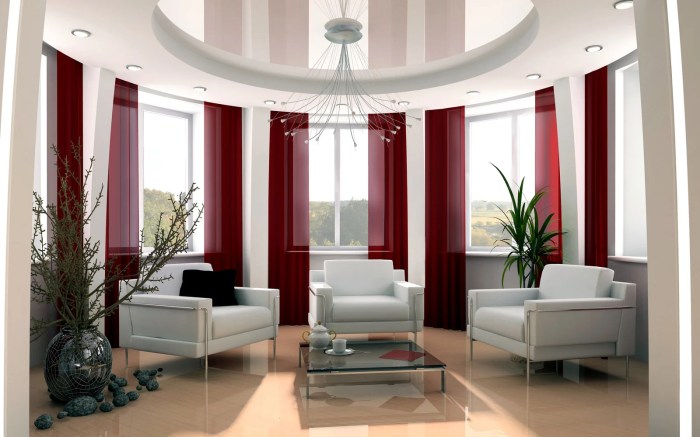
When it comes to decorating a space, there are various styles that one can choose from to create a unique and personalized look. Each style has its own characteristics, colors, furniture pieces, and accessories that define it. Let's explore some popular decoration styles and how they differ from one another.
Minimalism
Minimalism is all about simplicity, clean lines, and a clutter-free environment. This style often features a neutral color palette, sleek furniture pieces, and a focus on functionality. To incorporate minimalism into your design, opt for furniture with simple designs, declutter your space, and use a limited color scheme with a few accent pieces.
Vintage
Vintage style is characterized by pieces from a specific era or time period, giving a sense of nostalgia and history to the space. This style often includes antique furniture, floral patterns, rich colors, and ornate accessories. To achieve a vintage look, mix and match old and new pieces, incorporate vintage-inspired textiles, and add unique finds from thrift stores or flea markets.
Bohemian
Bohemian style is eclectic, colorful, and free-spirited, inspired by travel and different cultures. This style embraces a mix of patterns, textures, and colors, creating a cozy and relaxed atmosphere. To bring bohemian vibes into your space, layer textiles like rugs and throws, include plants and natural elements, and showcase unique artwork and souvenirs from your travels.
Final Conclusion
In conclusion, decoration is not merely about adding embellishments but about creating an experience that resonates with individuals on a personal level. By understanding the key elements and styles of decoration, one can master the art of transforming any space into a true reflection of style and sophistication.
FAQ
What role does color play in decoration?
Color sets the mood and tone of a space, influencing emotions and perceptions.
How can lighting impact the overall aesthetic appeal?
Proper lighting can highlight key design elements and create ambiance in a room.
What are some popular decoration styles to consider?
Styles like minimalism, vintage, and bohemian offer unique approaches to decorating spaces.

